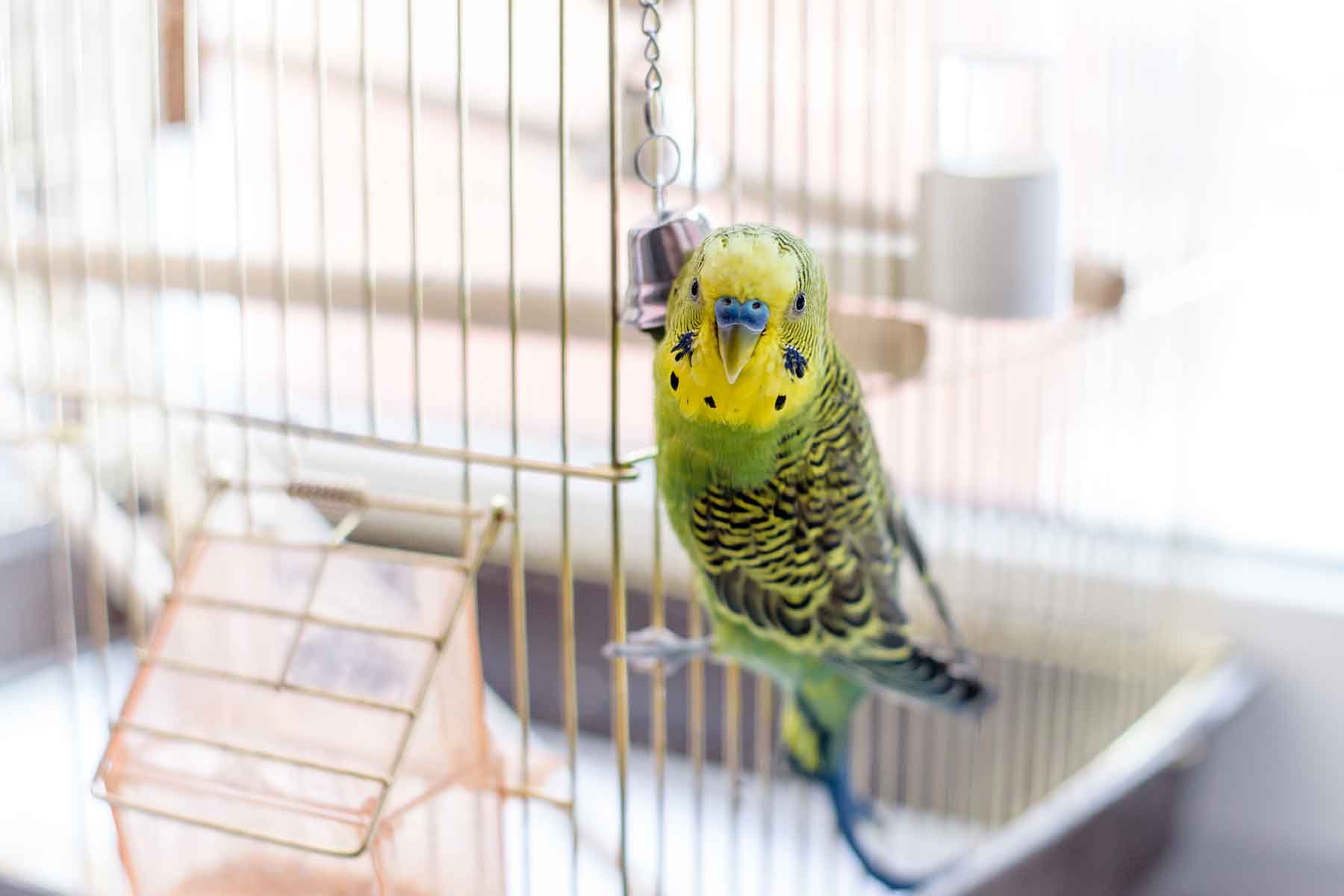After the sense of smell, a dog’s ability to hear is the next most important of its special senses. Dogs’ ears have evolved to enhance & sharpen an acute sense of hearing, allowing them to hear sounds at much higher & lower frequencies than humans.
Ears are also great places for problems to occur. Normally your dog’s ears should look and smell clean and be free of wax and dry skin. There should be no hair loss or redness in the skin and no pain or discomfort. If any of these signs are present, then a checkup is needed. The ear canal consists of a long slender tube, which extends downwards & then inwards to the base of the skull, where the eardrum is located. The canal is lined with a delicate layer of skin that produces wax. The skin continually migrates to the outside, carrying wax and any debris with it. This is the natural cleaning mechanism of the ear.
What happens when an ear gets infected?
Infections occur commonly in the ears. The ear canal becomes inflamed, thickening the delicate lining and producing more wax. The normal cleaning mechanism breaks down, and wax and inflammatory exudate accumulate in the canal and eventually fill it up. Bacteria and yeast organisms thrive in this environment and cause more inflammation. The ear is usually painful at this stage, and the dog will be shaking its head. Exudate is often visible at the opening of the canal, and the ear will be smelly.
This process will continue to worsen unless treated. Infected ears do not get better by themselves. After weeks and months, the result is a narrow canal with thickened and folded skin, a ruptured ear drum and often a middle ear infection. Surgery is usually the only solution for these ears.
What causes ear infections?
Grass Seeds
Grass seeds are a frequent cause of ear problems in spring and summer. These are usually easily seen during a checkup and then removed with the patient sedated. Grass seeds will cause infection and migrate into the inner ear if not removed.
Ear Mites
Ear Mites will cause ear infections. They can be seen moving in the ear when viewed with an otoscope. They are quite contagious and will spread easily between dogs and also will infect cats. Fortunately, they are easily treated.
Bacteria and yeasts
Bacteria and yeasts are the most common agents involved in infection. They are usually secondary causes and follow a primary irritation. These organisms cause inflammation and ulceration of the ear canal resulting in wax and exudate buildup. They require specific drugs given over time to eliminate them from the ear canal.
Allergy
Allergy is probably the most common underlying primary cause of inflammation in the ear. Allergy in dogs causes inflamed and itchy skin over many parts of the body, including the skin lining the ear canal. Sometimes inflamed ears are the only sign that the dog has an allergy. Bacteria then come along as secondary infections. Successful treatment requires that the allergy is treated along with the infection.
How are ear infections treated?
A sample of the exudate (debris/dirt) is examined under the microscope. Different types of bacteria, yeasts and mites can be identified this way. Sometimes, with serious infections, the sample is sent to the laboratory for testing to determine the most effective antibiotics.
The ear is then cleaned under anaesthetic, and the appropriate treatment is started.
Inflamed or infected ears are very painful.
Why does your dog need an anaesthetic?
Effective treatment requires that all of the exudate be removed from the canal and that the ear drum be examined. Many antibiotics will not work if there is exudate present, and some can be harmful if the ear drum has been ruptured by the infection. Cleaning requires careful and gentle ear canal flushing and may be quite time-consuming. The normal ear canal is very sensitive to touch. Inflamed or infected ears are very painful.
An anaesthetic is required as any head movement during this procedure may result in long-term and even permanent damage to the eardrum. Anaesthesia is required to prevent pain and movement, and a follow-up check will be required after treatment of an ear infection.
Why are rechecks required?
A follow-up check is always required after treating an ear infection to check the progress of healing. We do not stop the treatment until we are happy that the ear canal is 100% healthy. Stopping too soon will guarantee a recurrence of the infection and may set up a highly resistant infection.
How can you prevent ear infections?
Careful monitoring of the dog’s ears for the early signs of inflammation and regular use of an ear cleaning agent will prevent most infections. Ongoing treatment of any underlying allergy is also important. Keeping the ears free of inflammation and wax buildup will ensure they remain healthy.











